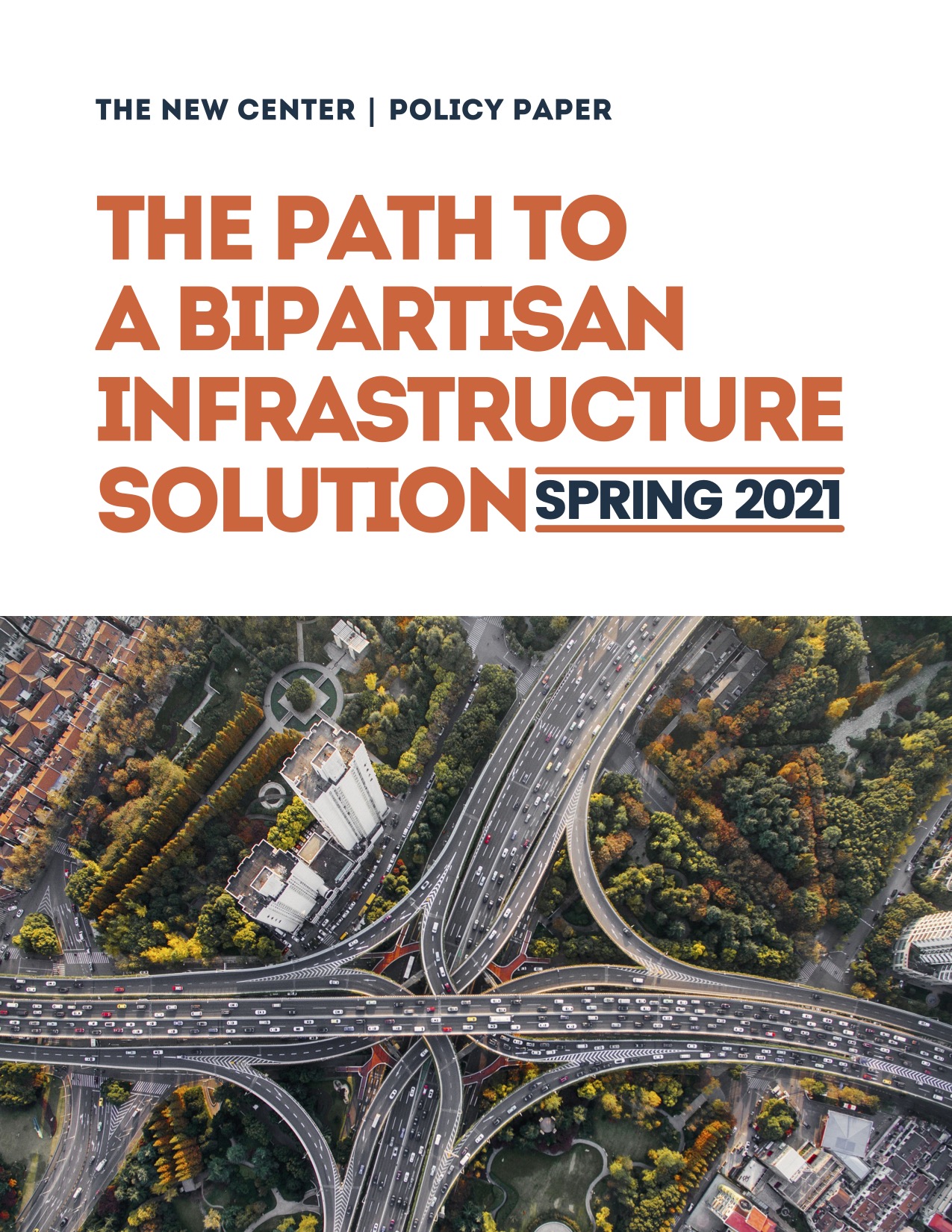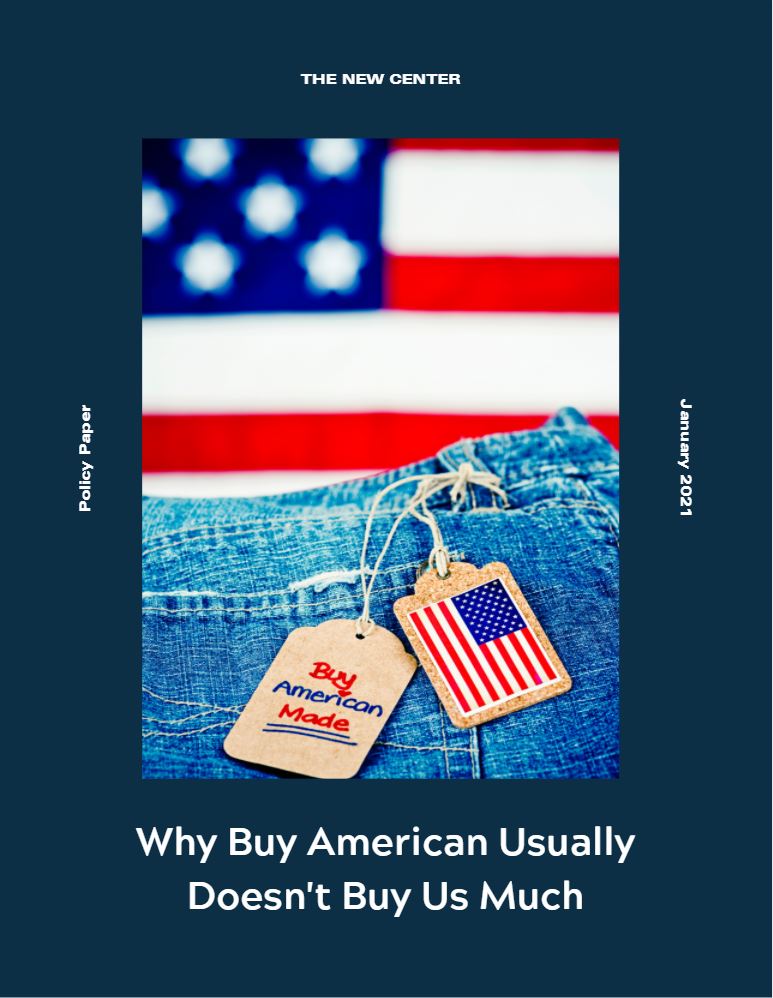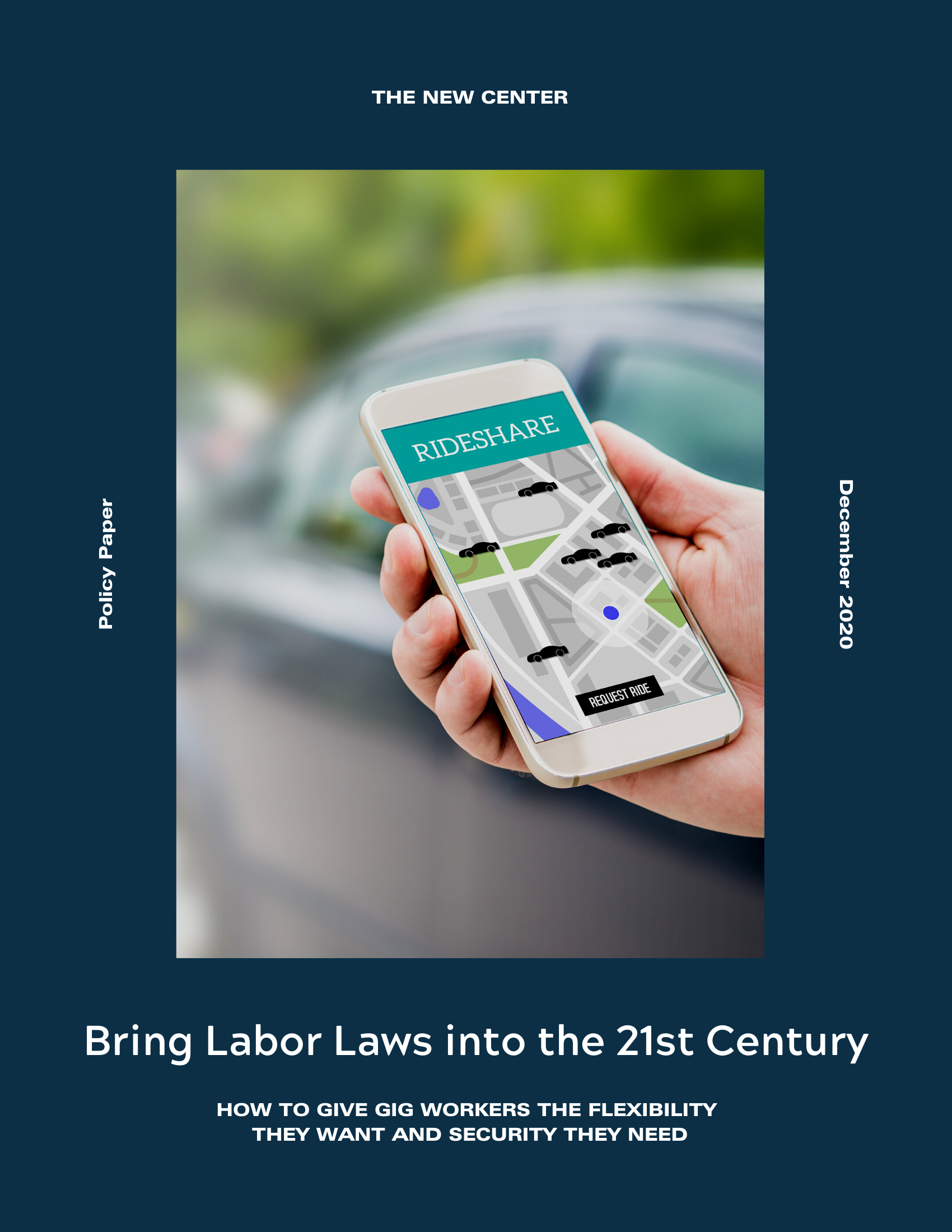Publications
Making Trade Work for All
Free trade’s benefits far outweigh its costs. However, a new trade agenda is required to ensure its benefits are shared broadly and equitably across America.
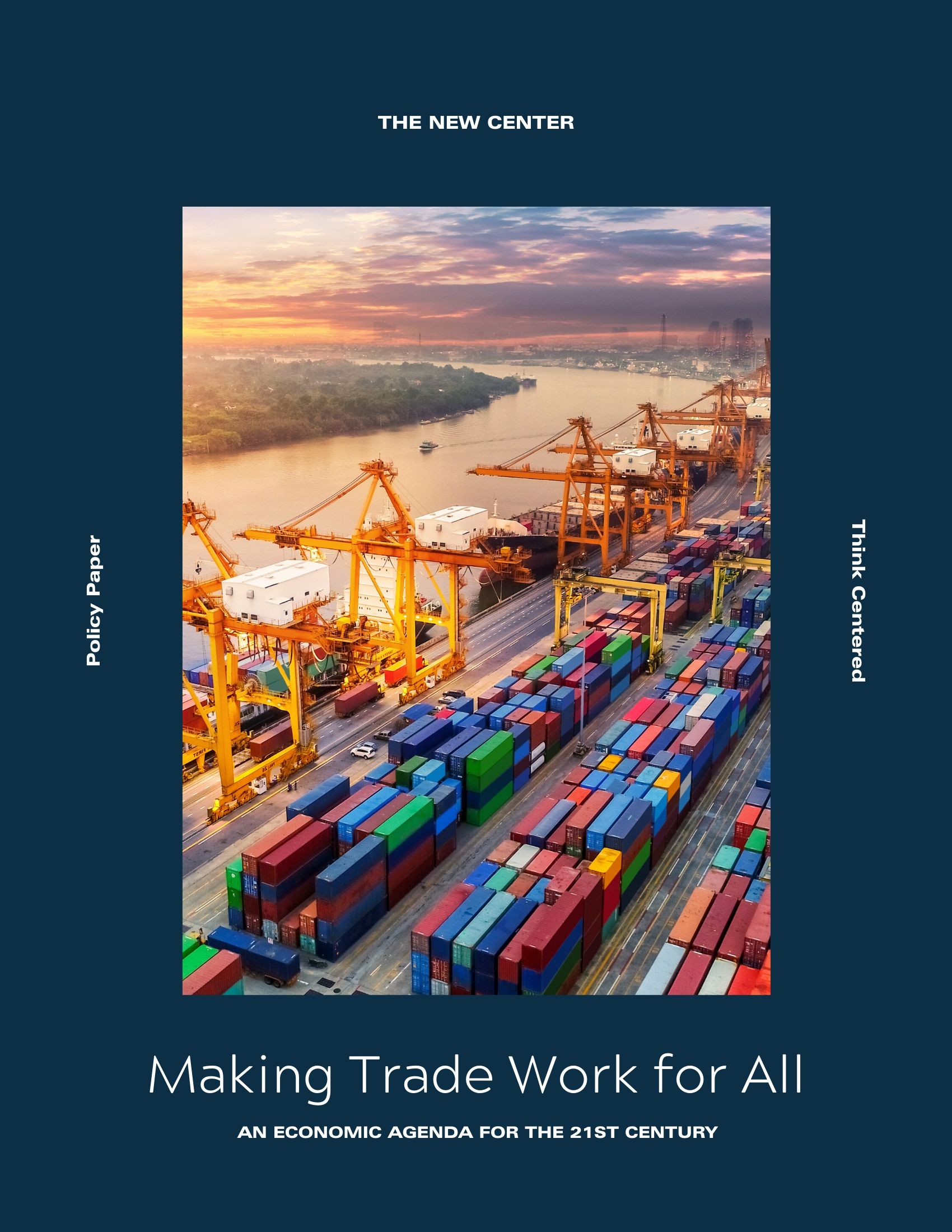
OVERVIEW
Our Solutions In Brief

The current TAA program is underfunded, narrow in scope, poorly managed, and only reactive in helping American workers. We need a new Trade Adjustment Assistance Program that is more ambitious and truly makes trade work for all Americans. Four steps to create such a program would include increased funding, widened eligibility for assistance, partnership with region-focused initiatives and programs, and proactively preparing for workforce disruption.

The Earned Income Tax Credit is a wage subsidy provided to low- and middle-income working families where workers receive a credit equal to a fixed percentage of their earnings. Lowering the age of eligibility from 25 to 21 and expanding the EITC, particularly for childless adults who qualify for much lower benefits, would incentivize individuals to join the workforce. The EITC encourages potential workers to seek out jobs so that they can earn credit upon finding employment.

Thee Manufacturing Extension Partnership is a highly effective agency housed within the U.S. Commerce Department that has satellite centers in every state. The central mission of the MEP is to provide local manufacturers with business and technical guidance to tap into the global market. Rather than paying the high fees charged by large consulting companies, these local manufacturers pay for MEP services on a sliding scale. The MEP’s budget is only $140 million per year, but its high projected economic benefits make it worth funding more significantly.

When the federal government suffers a temporary economic downturn, low wages and job losses often reduce collectible tax revenues. The federal government often has the option to take on more debt to maintain government services, but states—many of which have annual balanced budget requirements—are often forced to cut spending or raise taxes immediately—risking a vicious cycle that exacerbates a short-run slowdown. Just as the federal government provides workers with unemployment insurance, it should provide counties, cities, and states with tax-base insurance, a self-financing program that could allow communities to pool the risks of negative shocks to their tax base, such as trade disruption.
Facts At-A-Glance
-
 $2.1 trillion
$2.1 trillionincrease in the size of the U.S. economy due to the expansion of free trade between 1950 and 2016
-
 64%
64%of Americans support free trade
-
 Over 25%
Over 25%decline in manufacturing employment since 2000
-
 7.1 million American workers
7.1 million American workersemployed by foreign companies in 2016
-
 $1.4 billion lost per month
$1.4 billion lost per monthin real income of American consumers due to tariffs in 2018
-
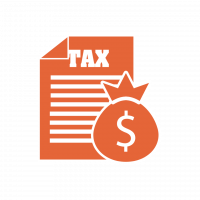 8.9 million people
8.9 million peoplelifted out of poverty thanks to the Earned Income Tax Credit


